The North Carolina Settlement of 1739
by the late A. I. B. Stewart, CBE, Honourary Sheriff of Campbeltown, founder of the Kintyre Antiquarian and Natural History Society Magazine
Originally published in The Kintyre Antiquarian and Natural History Society Magazine, Issue Number 15, Spring 1984. Formatting added.
Permission to reproduce this article granted by Angus Martin, publisher of The Kintyre Antiquarian and Natural History Society Magazine, and by Angus Stewart, son and executor of the estate of the late A.I.B. Stewart, 31 May 2023.
The first entry in the Books of the Customs House at Campbeltown is dated 6th June 1739 and notes the presence in the port of the ship “Thistle” of Saltcoats, (Robert Brown, Master) to take aboard emigrants for Cape Fair (sic. Cape Fear) in America (1).
This reference marks the first organised emigration from Kintyre to North America and the first trickle in what eventually became a torrent of Highland emigration to North Carolina.
Prior to the Act of Union in 1707 the American Colonies were English and it was extremely difficult for Scots to trade or settle there.
Prior to the Act of Union in 1707 the American Colonies were English and it was extremely difficult for Scots to trade or settle there.
It took a man of the calibre of “Great” Daniel Campbell of Shawfield (1670-1753) the son of Walter, Captain of Skipness, and the prototype of the Scottish merchant adventurer, to overcome these difficulties. He amassed a fortune in the Virginia trade while still in his twenties.
But he was exceptional, and most Scots who set foot in North America prior to the Union of 1707 did not go willingly. Cromwell transported Scots prisoners to the colonies after Dunbar and the unsuccessful uprising of the Earl of Argyle in 1685 resulted in the transportation of a number of Campbeltown and Kintyre lads to New England (2).
Prior to the Union of 1707 [most Scots] did not go willingly [to America]. Cromwell transported Scots prisoners to the colonies.
Amongst the banished was the Rev. David Simson of Killean and Southend who was exiled to New Jersey where he died in 1695 “steadfast in the faith” (3). It is interesting to note that his son David, Minister of Kilchoman in Islay and also of Southend, married Isabel, sister of Hector Macneal of Losset who was father of Dugald Macneal and father in law of ColI McAllister two of the 1739 leaders while his grandson Rev. Neil Simpson of Gigha married Mary daughter of Malcolm McNeill in Skeroblin – a family well represented among early settlers, (and who were differentiated in North Carolina by the title of the Scribblin McNeills).
A year before the emigration to North Carolina, Lachlan Campbell a prominent tacksman in Islay had settled thirty families in New York state in response to an advertisement offering 1000 acres to Protestant families who settled there. He took more across in 1739 and 1740 settling 423 persons in all. It appears, according to a note by the late Andrew McKerral, that Kintyre families, including some recently settled Lowlanders; were included in his parties. The promises made to Lachlan do not seem to have been kept. He returned to Scotland in 1745 to fight for King George and thereafter returned to America, where he died, it is said, of a broken heart.
The identity of the leaders of the 1739 expedition
The first indication of the identity of the leaders of the 1739 venture is given in a petition presented by Dugald Macneal and ColI McAllister to the General Assembly of North Carolina in 1740 seeking financial assistance for certain “Scotch Gentlemen and several poor people brought into this province”. Tax remissions were given for ten years and the Upper House proposed that “£1000 be given to Duncan Campbell, Dugald McNeal, Daniel McNeal, ColI McAllister and Neal McNeal, Esqrs to be by them distributed among the several families”. The Lower House deferred payment but in June 1740 grants of land were given to these 5 and some 17 others out of some 80 or so heads of families in the 350 emigrants. The leaders appear to have claimed and been given large plots on the basis of the number of followers they had brought. Duncan Campbell for instance was given a total of 2643 acres.
At the same time all five were appointed magistrates for Bladen County. (4)
There is a tradition that these settlers found relatives already settled and that some had been there since 1729 but there is not a scrap of proof and the legend perpetuated by John McLean that Hector McNeill of the Bluff was there to greet them is not borne out by fact. (5) Hector’s father Neil was one of the leaders.
Reasons for emigrating
Most commentators have been satisfied that American emigration was led by tacksmen and was due to the collapse of the tacksman system and later to the clearances. While these considerations undoubtedly apply after 1745 it would seem that they have no relevance to 1739. All the leaders were apparently landowners and men of substance. Their move was apparently engendered by disillusionment with the Union, a desire for improvement and the hope of more prosperity than they could expect in the rather forlorn Scotland of the immediate post-Union period.
All the leaders were apparently landowners and men of substance. Their move was apparently engendered by disillusionment with the Union, a desire for improvement and the hope of more prosperity than they could expect in the rather forlorn Scotland….
All were related directly or indirectly, by blood or by marriage to Hector Macneal the First of Losset. (6)
All were related directly or indirectly,
by blood or by marriage
to Hector Macneal, the First of Losset.
Hector’s father Lachlan Macneill Buie of Tirfergus (1611-1695) an elder of the Highland Church must have been a very remarkable man. He was the son, presumably, of Neil Buie McNeill who in 1594 witnessed a Bond of Manrent between Kintyre McNeills and Sir James McDonald of Kintyre and who in 1609 was in possession of Machrihanish and other lands. Lachlan seems to have escaped completely unscathed from the dynastic and religious wars which devastated Kintyre during most of his life. By his first marriage with Mary McNeill of Carskiey he had four sons and two daughters and by his second marriage with Margaret McAllister of Tore he had four sons and four daughters. Three of his sons settled in the North of Ireland. The remaining five became lairds respectively of Tirfergus, Losset, Ugadale (through marriage) Kilchrist and Machrihanish in Kintyre. Hector of Losset, Lachlan’s fifth son, who died before September 1730, was survived by his second wife Florence Campbell who was a sister of Duncan Campbell of Kilduskland, Ardrishaig, the first of the pioneers to be named in the North Carolina Assembly resolution. Florence must have been a considerable person herself, as she had already buried Lachlan McLachlan of McLachlan and McDonald of Largie, her two previous husbands and chiefs of two of the oldest families in Argyll.
Hector’s heir was his unmarried son Dugald, the second named Scotch Gentleman, who prior to 1739 raised as much as he could on the security of Losset presumably to finance the venture.
ColI McAllister, the fourth named was fiar of Ballinakill. He was closely related to the McAllisters of Loup. His father, Ronald in Dunskeig, who acquired Ballinakill in 1717 is buried in Clachan, his name being added to a mediaeval stone presumably erected to an ancestor. (5) ColI, too, sold his lands to finance the venture. His wife Janet McNeill who accompanied him was Dugald Lossett’s sister.
Neil McNeill of Ardelay in Gigha is the fifth named. His wife was Grizel Campbell, a cousin of Kilduskland and of Hector’s widow, while his daughter Florence married Alexander, ColI’s youngest son and Dugald Lossett’s nephew. He sold Ardelay in 1738 to John McLachlan in Daill in Islay. (7)
Daniel (or Donald) McNeill (the third mentioned) is designed in contemporary letters as “of Taynish”. He was the second son of the marriage between Neil McNeil of Taynish and Elizabeth Campbell, daughter of Mr. Alexander Campbell, Advocate, Commissar of the Isles. Like Duncan Campbell and Neil McNeill he was a direct descendant of Patrick Dow, grandson of the third laird of Auchinbreck, and was related to Hector of Losset.
Lachlan of Tirfergus’ fourth son Torquil acquired Ugadale by marriage with the heiress Barbara McKay, whose family according to some authorities preceded Somerled in Kintyre and who held their lands under a charter of Robert Bruce. On Torquil’s death he was succeeded by his son Neil who stabilised the spelling of the family name in his branch as McNeal, later extended to MacNeal.
Neil, known as “the Baron” took over the Bonds on Losset granted by his cousin Dugald and eventually acquired that estate where he normally resided, so founding the family of MacNeal of Ugadale and Losset.
Neil had a brother, Captain Hector Macneal, a merchant shipmaster, who for at least twenty five years sailed and traded between Boston, the West Indies, the African Coast and Bristol. The correspondence between the brothers sheds some light on the origins of the Carolina Settlement.
Hector’s letters show him to have been a steady, sober, hard working master mariner of a type that was to become very familiar in the succeeding century. He married in 1732 Elizabeth, daughter of a Boston merchant, Cuthbert Campbell, who later moved to Rhode Island, and who was probably identical with the citizen described in 1714 as having lately possessed a house in New Street, Campbeltown. Hector was constantly meeting Scots relatives and acquaintances on his travels particularly in the West Indies and he even found a cousin who was surgeon in a Swedish ship he came across in Cadiz. In 1731 he wrote that “it is reported that Archie Caradele is living in New York and is in a very good way”.
Hector may have contributed to the idea of an American settlement when he wrote from Boston on 4th May 1736 as follows,
“I should be glad to know if I could have any encouragement to gett 200 or 250 passengers from the North of Ireland to New England, who could pay for their passage if a ship was sent there to take them abroad. You may easily be informed of this from our friends in Belfast. No doubt the Highlands could also spare many who if industrious and versed in husbandry might with little charge procure lands capable of improvement………. About ten years ago some families that came to New England from the North of Ireland settled themselves in a place which they now call Nuttfield. They being joined by others, have improved so much in linens and woollens that they not only supply themselves but a great part of the Country……….. and have also vastly improved their lands”.
On 27th September 1737 he was thanking Neil for having taken so much trouble about passengers, and in November returned to the same theme enquiring –
“Whether I can be of service of a freight with passengers for America next Spring.”
He could take advantage of a voyage to the North of Ireland for such emigrants to visit his relatives in Kintyre. He repeated his suggestion in a letter from Bristol on 13th January 1738.
His relatives had a different idea. They favoured North Carolina rather than New England and asked Captain Hector for his advice in this connection. He gave it on 2nd July 1738.
“You mentioned several of our relations that designed to come to America and settle in North Carolina. I wish they may have the desired success but I assure you that Province is remarkable for knaves and villains of all sorts. I was once in North Carolina and found the people of that country to be the worst sett of men I ever knew. However as Neill Du of Gigha has been there no doubt he is a better judge of both people and country than I can be.”
Neill Du was of course Neil of Ardelay and he evidently reassured the family sufficiently for the North Carolina venture to proceed.
The “Thistle” probably landed her passengers at Brunswick, N.C. as the river port of Wilmington had not then been developed. They were then faced with a ninety mile journey by canoe or lighter to the area that was later named Cross Creek in Bladen County on the Upper Cape Fear River where most of the original land grants were situated. The journey took at least a week.
The “Thistle” probably landed her passengers at Brunswick, N.C. …. They were then faced with a ninety mile journey by canoe or lighter to…Bladen County on the Upper Cape Fear River…. The journey took at least a week.
In 1760 the Colonial Assembly appointed a committee to determine the location of a trading town on the Upper Cape Fear River and in 1762 the town of Campbellton was chartered with a county court house to be erected there. It never developed to the extent that its founders hoped and in 1778 the court house moved to Cross Creek, which was renamed Upper Campbellton. In 1783 in honour of the French Marshal Lafayette both settlements were incorporated in the new and now flourishing city of Fayetteville. While there is no real evidence, and various reasons have been advanced for the original choice of name, Campbeltonians will be happy to approve the theory that it was named after their home town.
Fire destroys records
Unfortunately the old Bladen Court House was burnt down with the destruction of records prior to the erection of Cumberland County in 1754 so that it is not always possible to identify other settlers or to tell exactly what happened to them.
Dugald Macneal, unmarried and without issue was dead by 1741. His plantation, named Port Neill, the same as an Irish cousin’s estate, was not finally disposed of till 30 years after his death
ColI McAllister probably died about 1745. The fate of his two sons is however very well documented. Hector, the older returned to Scotland. He married and resided in Arran where his daughter Mary married Neil Shannon 4th of Lephinstrath (8) who joined her in the McAllister home at Monyquill and later Springbank, Arran.
A tragic letter dated from Monyquill, May 31, 1774 tells of the loss of his only son Charles.
“He and one of his sisters in the month of February was going to Islay to see their friends there and by some fatal accident he fell overboard and was lost between Arran and Kantyre. In two days thereafter his remains was found accidentally by fishermen on Island Davarr in the mouth of Campbeltown harbour which we was acquanited of by Express and was the first account of the fatal misfortune when we believed vessel and all on board perished till ane express from Islay in two days thereafter brought an account all was safe but my son.”
There is a persistent tradition in Arran that the captain of the vessel, a Revenue Cutter, had made unwelcome advances to young Charles’ sister and when he intervened the captain knocked him overboard.
In the same letter Hector makes some acid comments which gives credence to the belief that he was an ardent Jacobite, or at least “agin’ the Government”.
“In an oppressed country reduced to beggary I shall long day and night till I get clear of it………. I believe dr Brother I shall never think myself happy this side of time until I see you and my friends in Carolina where I hope to be while I live to breath the air of liberty.”
Among the eight persons reported by the Surveyor of Customs in Campbeltown as having been concerned in the rebellion of 1745/6 was James Bain Fullarton, described as Merchant, Glencloy, Arran and who was Hector’s father-in-law and Hector McAllister, also Merchant of Glencloy who was presumably the same Hector (9) .
ColI’s younger son Alexander was an outstanding citizen. he was a founder elder of Bluff Church in which the first minister was the Campbeltonian James Campbell. He was Colonel of the Cumberland County Militia in the Revolution, a member of important state Committees and a member of the North Carolina Senate. His correspondence (written from his estate of Barmore named after the home of the McAlisters of Tarbert) with his chief Angus McAllister of Loup, his brother Hector and others in Scotland show him to have been a perfervid American patriot.
In 1770 he writes the Laird of Loup.
“As for the peoples notion of this place they see but through a dark glass. If they could see clearly not one poor man would stay in that country where they are always kept at hard labour and never get ahead. This is the best poor man’s country I have heard of.”
There is also a constant reference to new emigrants mainly from the Clachan district and enquiries as to the welfare of others.
He has many descendants in the United States who have distinguished themselves in public life. His first wife was Flora, Ardelay’s daughter, and his second Jean Colvin daughter of Alexander Colvin, certainly of Campbeltown.* His sister Isabella married Ferquhard Campbell who was a very prominent citizen before during and after the Revolution and who like his brother-in-law Alexander McAllister was one of the first elders of Bluff Church. They also have numerous descendants.
[*William Stewart, younger of Ledcreich in Balquhidder, married Catherine Colvin, prior to joining the 1739 Kintyre expedition. As Colvin is not a name domestic to Balquhidder, it seems very likely that she was related to Alexander Colvin.]
Neil du of Ardelay also succeeded in his new country. His son, Hector McNeill of the Bluff, who married ColI McAllister’s daughter Mary, was the first Sheriff of the newly created Cumberland County in 1754. Another son Duncan married Loveday daughter of the Rev. James Campbell and they left many descendants. Neil himself was dead by 1749.
Daniel of Taynish also prospered. Of his numerous stock the best known, in this country at least, is “Whistler’s mother” who in reproduced form graced many a late Victorian parlour in company with the companion portrait of Thomas Carlyle painted by her son James McNeill Whistler. Daniel survived till at least 1774.
Duncan Campbell of Kilduskland did not remain long in the Colonies. He returned to Scotland and in 1756 he sold his American Estates through his Attorney, “Bluff” Hector McNeill.
He appeared before the Presbytery of Inveraray on 3rd November 1741 to appeal for the provision of a Gaelic speaking minister for the colony but was unsuccessful since this want was not met till the arrival of James Campbell in 1758.
The Thistle carried passengers from Campbeltown and Gigha
It would seem that the Thistle did not sail direct from Campbeltown to America. It may be deduced that Dugald of Losset with his followers boarded her there and that she then called at Gigha to pick up the others.
This is suggested by the fact that Kilduskland executed on 28th June 1739 a Factory & Commission in favour of Dugald McTavish Yr. of Dunardry (10). The Deed was signed at Ardminish, Gigha (the home of Daniel Taynish) and narrates that the granter “is about to leave the Kingdom for Cape Fair in America”.
Corroboration is to be found in a letter written by Alexr. McAlister of Cour on 17th August 1770 to Alexander in America.
“I was an entire stranger to you till our friend John Currie arrived at America tho’ I saw you take ship at Giga”.
There are constant reminders of the importance and relative mobility of sea travel when there were no adequate roads. Hector McAlister in 1754 described one of his frustrated attempts to return to Carolina. He had tentatively arranged with the “Merchants of Campbeltown” to take himself with twenty or thirty families but when he got there he found that only two or three days before they hart contracted to take a shipload to Philadelphia (Was Revd. James Campbell among them?). He immediately sent by sea to Jura where he understood an arrangement had fallen through but found he had been misinformed and that the ship had already been filled with emigrants. His disappointment was greater in that he had hoped to bring a Minister, Mr. Neil McLeod – a good preacher, master of the Highland tongue and “a very popular man amongst the commonality”.
Family correspondence did not continue beyond the 1830’s but the descendants of these pioneers have never forgotten their Highland ancestry. Many still return on visits to this country and show a very great interest in their roots.
“For still the blood is strong, the heart is Highland”.
NOTES:
(1) The old customs records appear to be lost but fortunately the late Father Webb made extensive notes.
(2) New England Historical & Genealogical Register Vol CXlV 1960 (KAS 372).
(3) Andrew McKerral – Kintyre in the Seventeenth Century Edinburgh 1948.
(4) The Highland Scots in North Carolina 1732-1776 by Duane Meyer, Univ. N.C. Press 1961.
(5) “An Historical Account of the Settlement of Scotch Highlanders in America prior to the Peace of 1783” – John Patterson McLean Cleveland and Glasgow 1900 Reprinted Baltimore 1960.
(6) (a) The MS Genealogy of the descendants of Lachlan Macneal of Tirfergus and (b) The Campbells of Auchinbreck, S.H.S. Highland Miscellany Vol IV.
(7) Royal Commission on Ancient Monuments – Kintyre Inventory 1971 p. 109.
(8) See K.A.S Magazine No. 11 p. 3 “The Shannons of Lephenstrath”.
(9) Mr. Ian McDonald points out that the same witnesses who were to speak against Hector were also to condemn Ja. McDonald, Sea Coast Trader, Beallacheyran in Kintyre whom Ian tells me was a notorious smuggler. Perhaps the Customs Officers were killing two birds with the one stone.
(10) Dugald was arrested in 1746 on being found to have been in treasonable correspondence with the aged Sir James Campbell of Auchinbreck. It is of interest that John McLachlan, who purchased Ardelay in 1738 was, apart from Largie, the only Kintyre landowner on the Government’s list of suspects. Was the emigration at least partly due to frustrated Jacobitism?
Acknowledgements are due to Lt. Col. Hector Macneal of Losset C.B.E., for making available an eighteenth century family genealogy and family correspondence, and to Mr. William C. Fields of Fayetteville for stimulating and encouraging the research and for making available the McAllister correspondence and the fruits of his own research. I am also indebted to Messrs. Murdo McDonald, County Archivist and Ian McDonald, Clachan, for advice and suggestions.


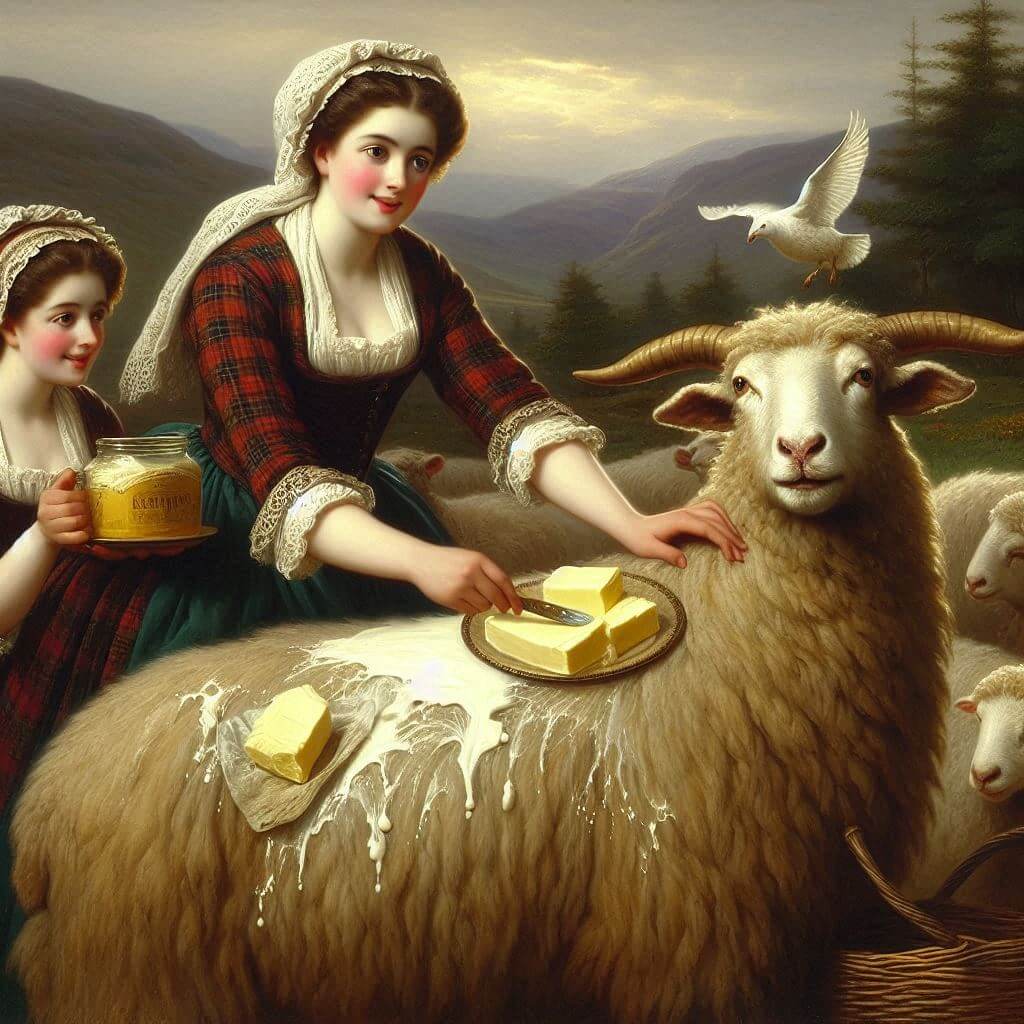


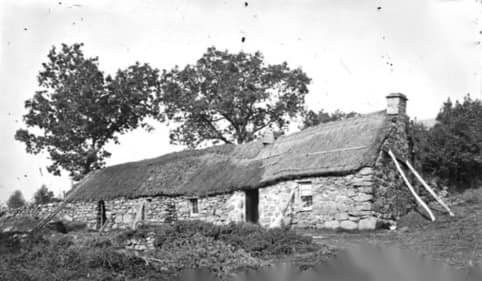
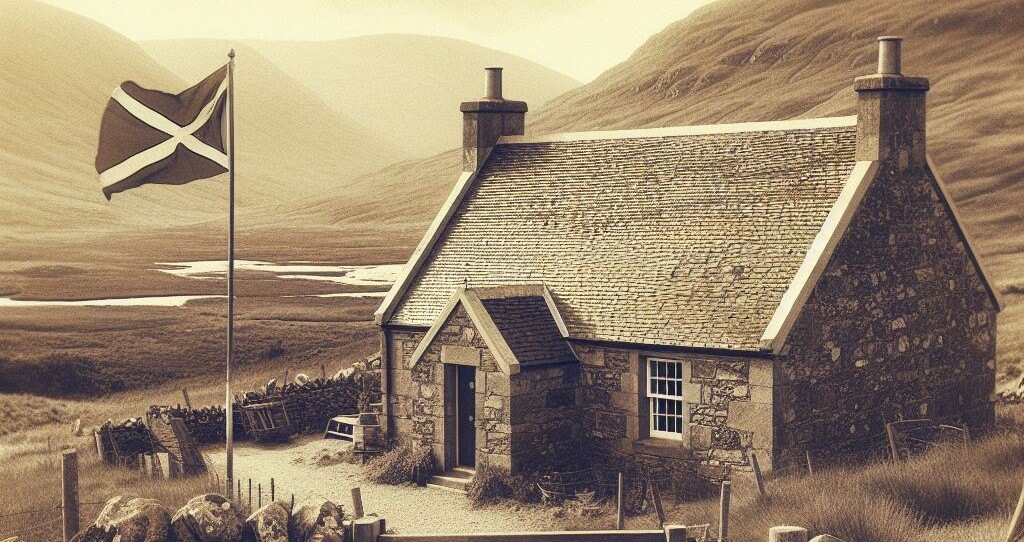
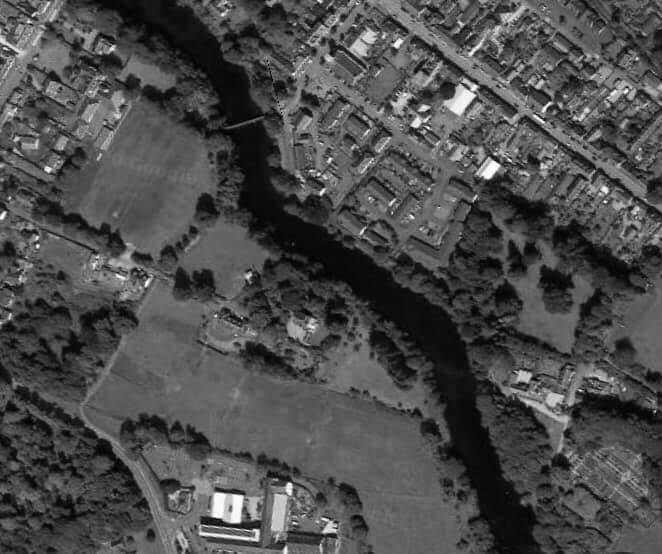
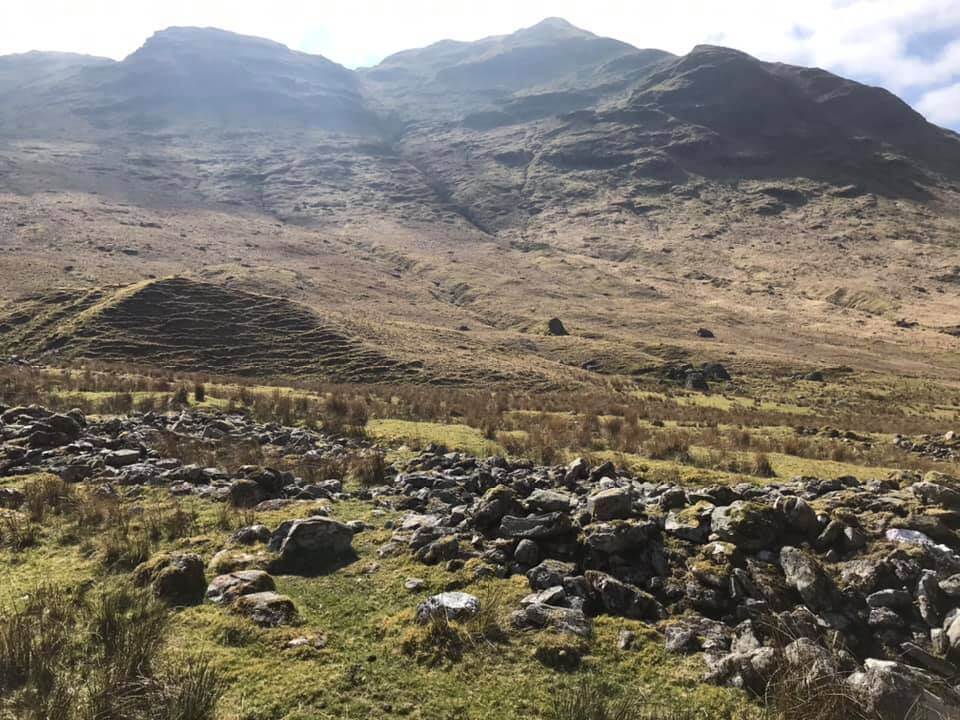
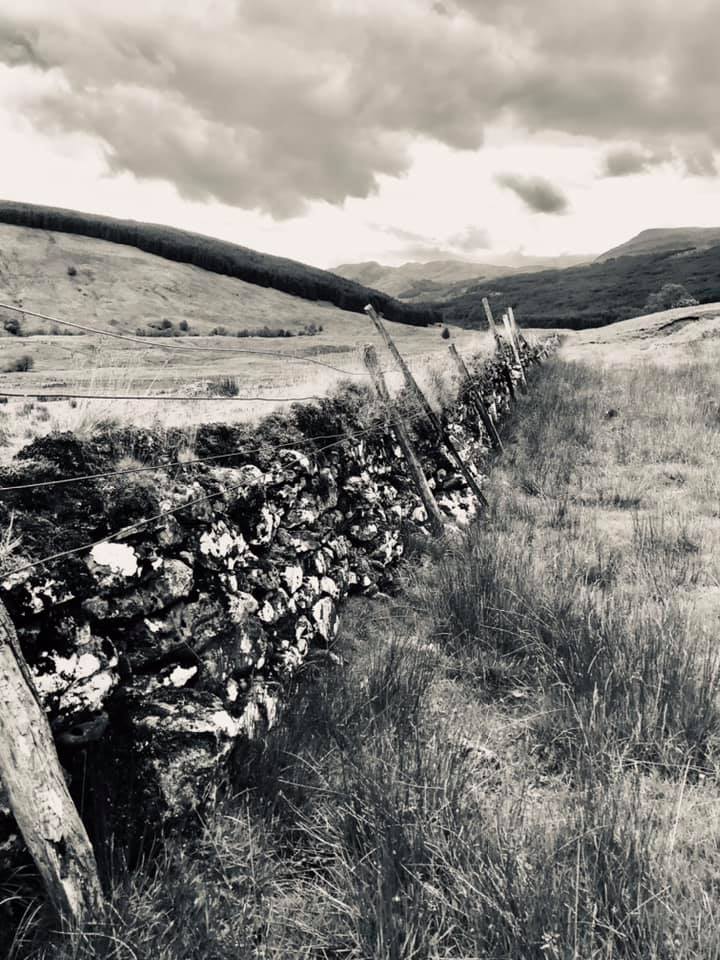
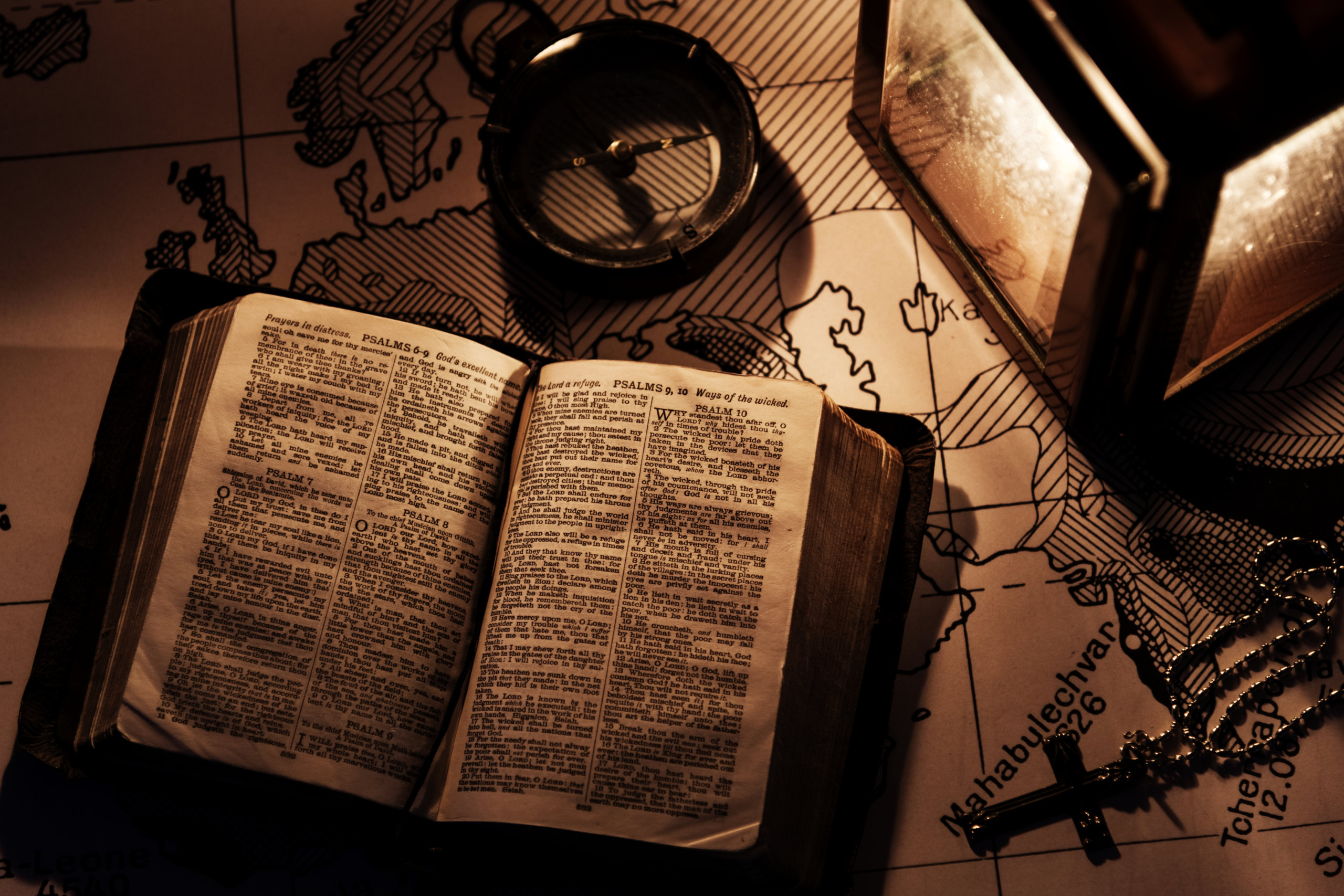
My wife is a Stewart decendent of William Stewart born 1775 in SC and died MS. Are you familiar with study/book by James Stewart in 1990 titled The Settlements of Perthshire: Land and Society North of the Highland Line 1480/1851 ? I would think you are aware of his study of the highlands, especially Loch Lubnaig, Strathyre, Balquhidder, Loch Voil and the western end of Loch Earn.,
Hi Ronald, thanks for your post. Yes, we are very familiar with this book. It’s an excellent book with helpful historical, cultural, and genealogical information. I happen to own an autographed copy of the book. You can find this book listed on our resource page. https://stewartsofbalquhidder.com/research-resources/